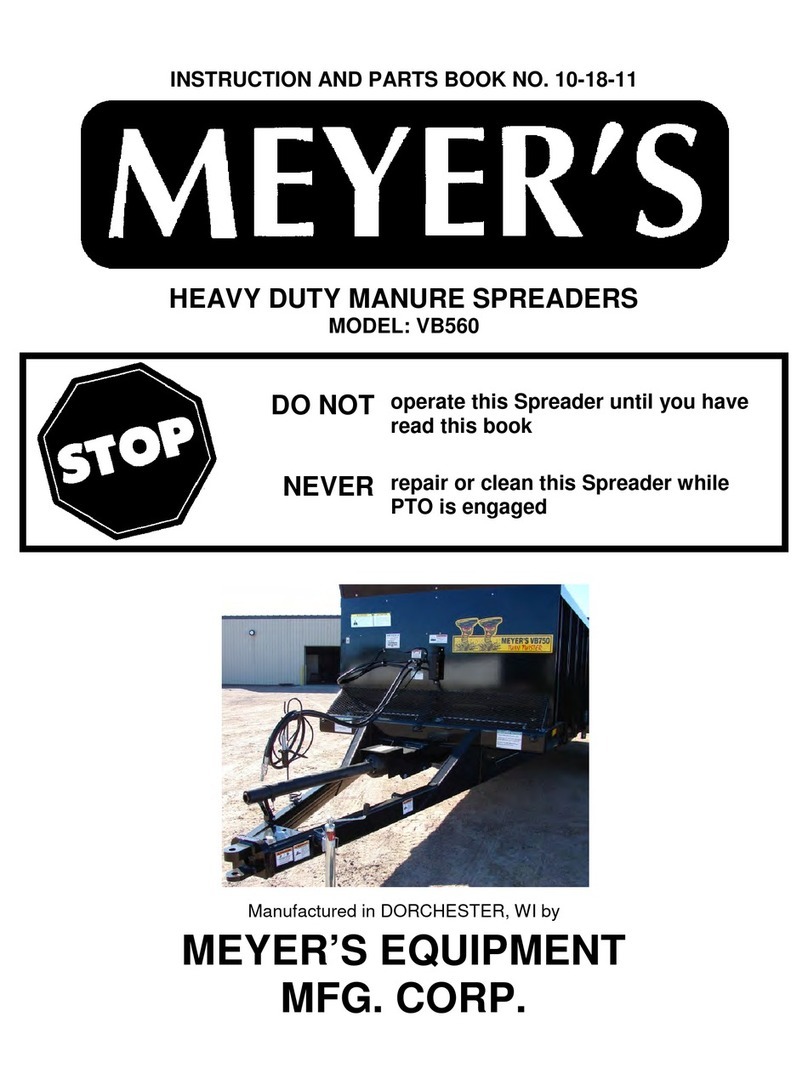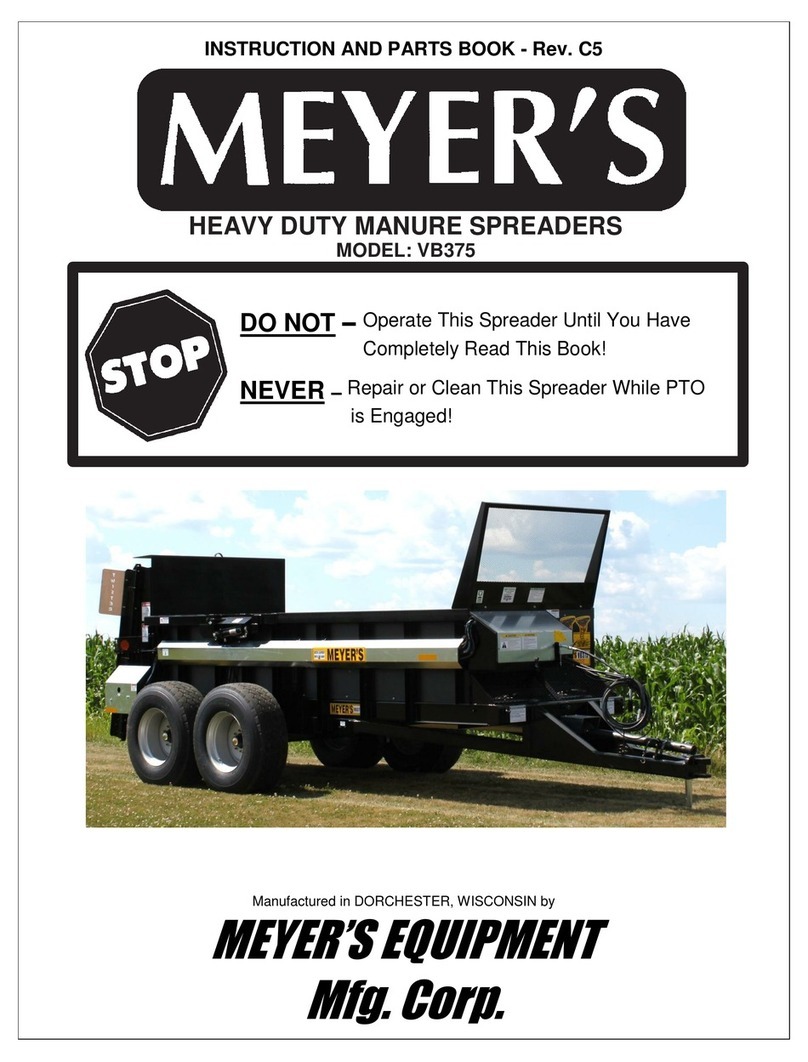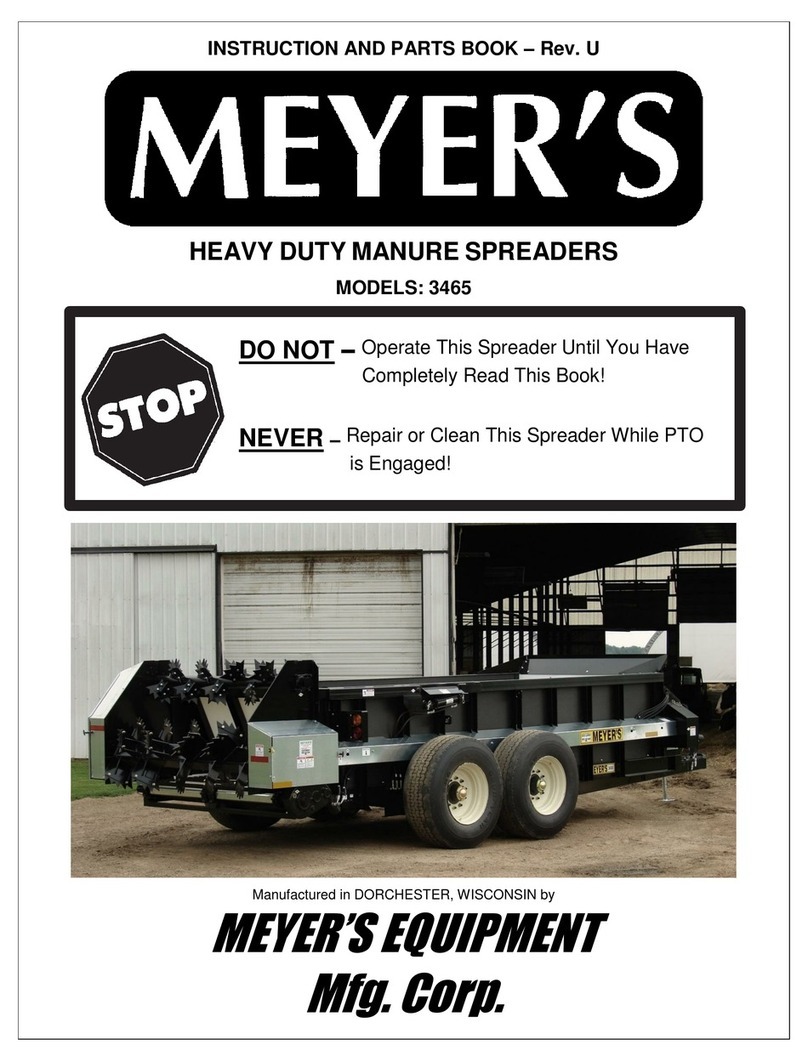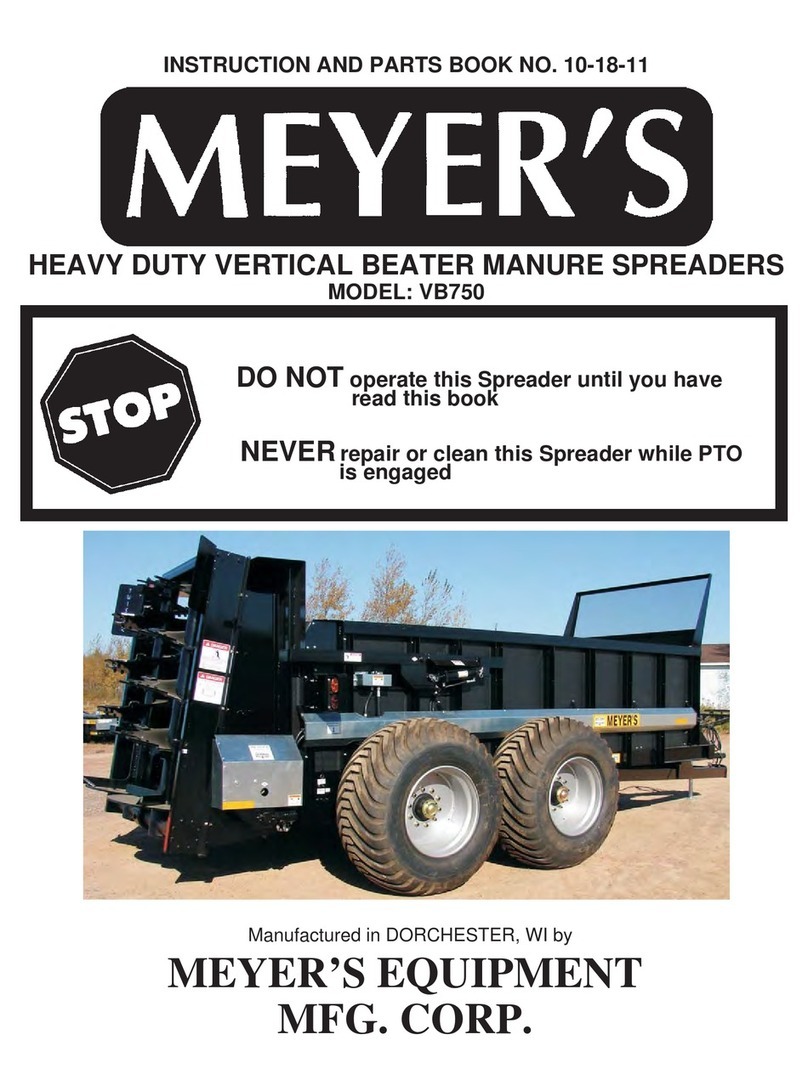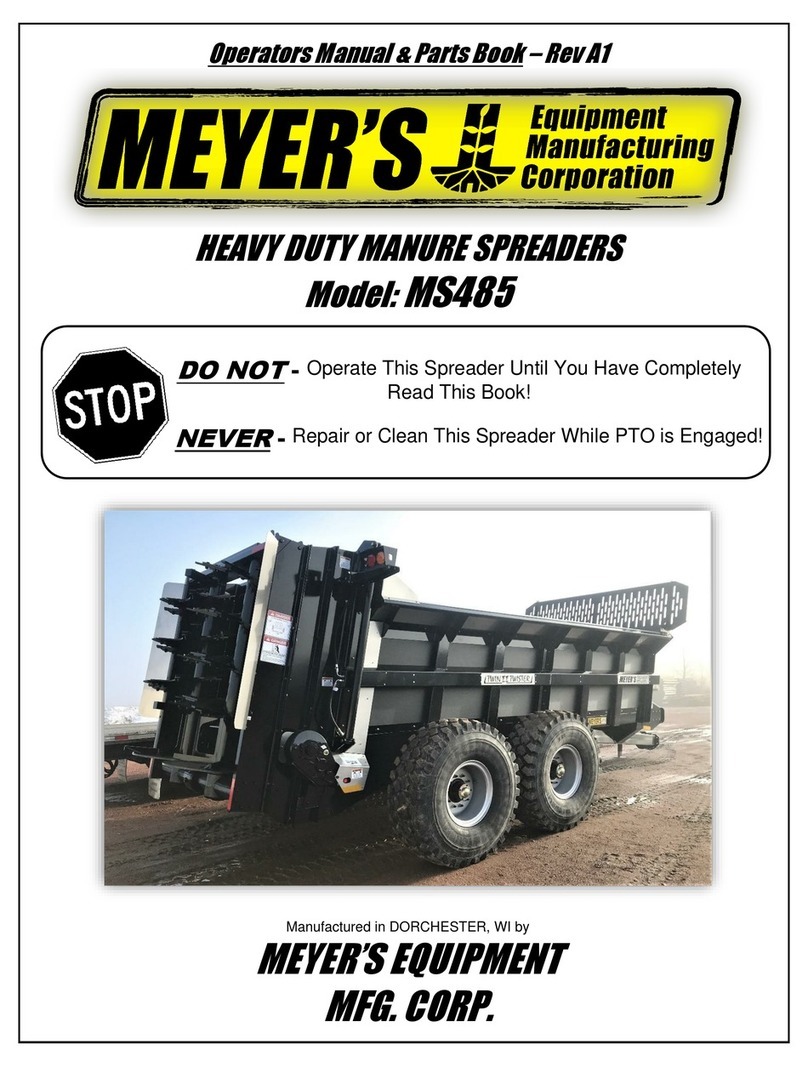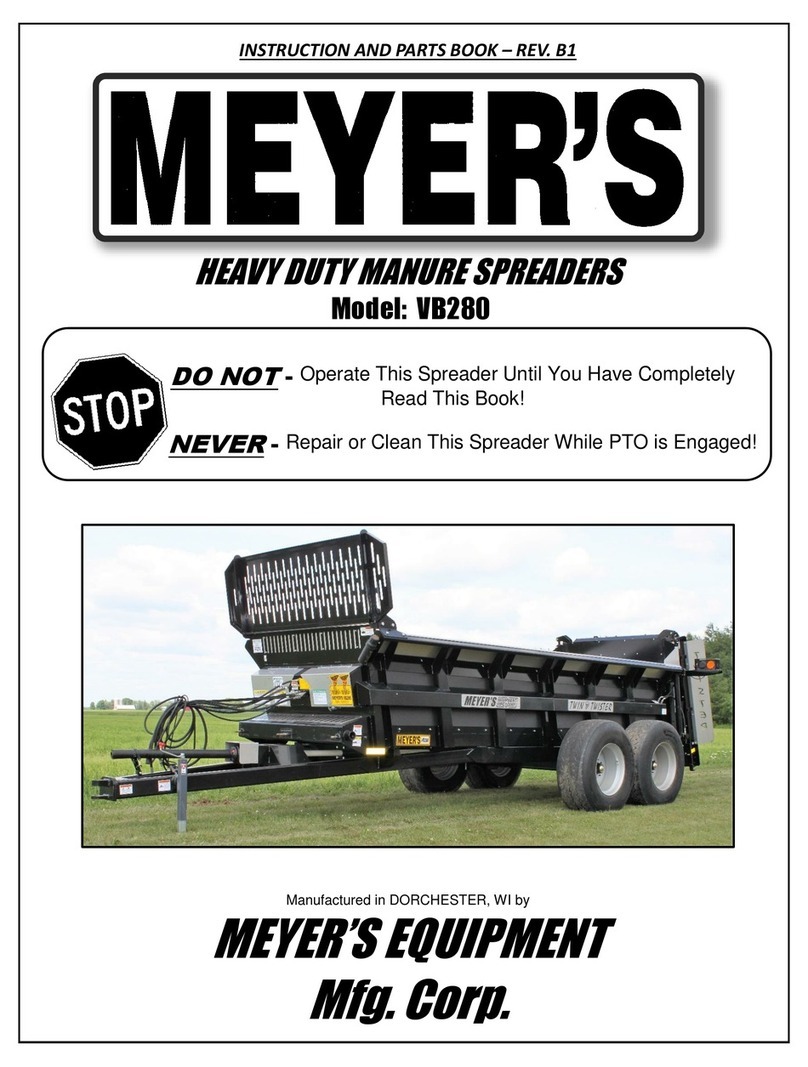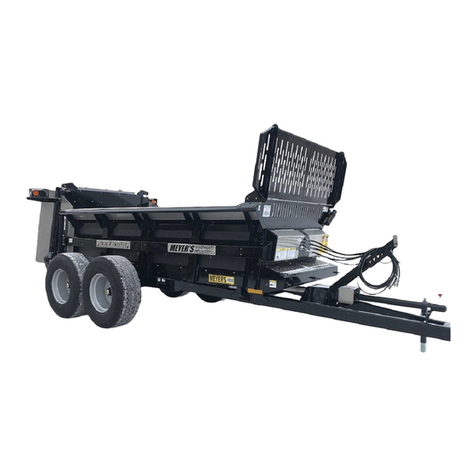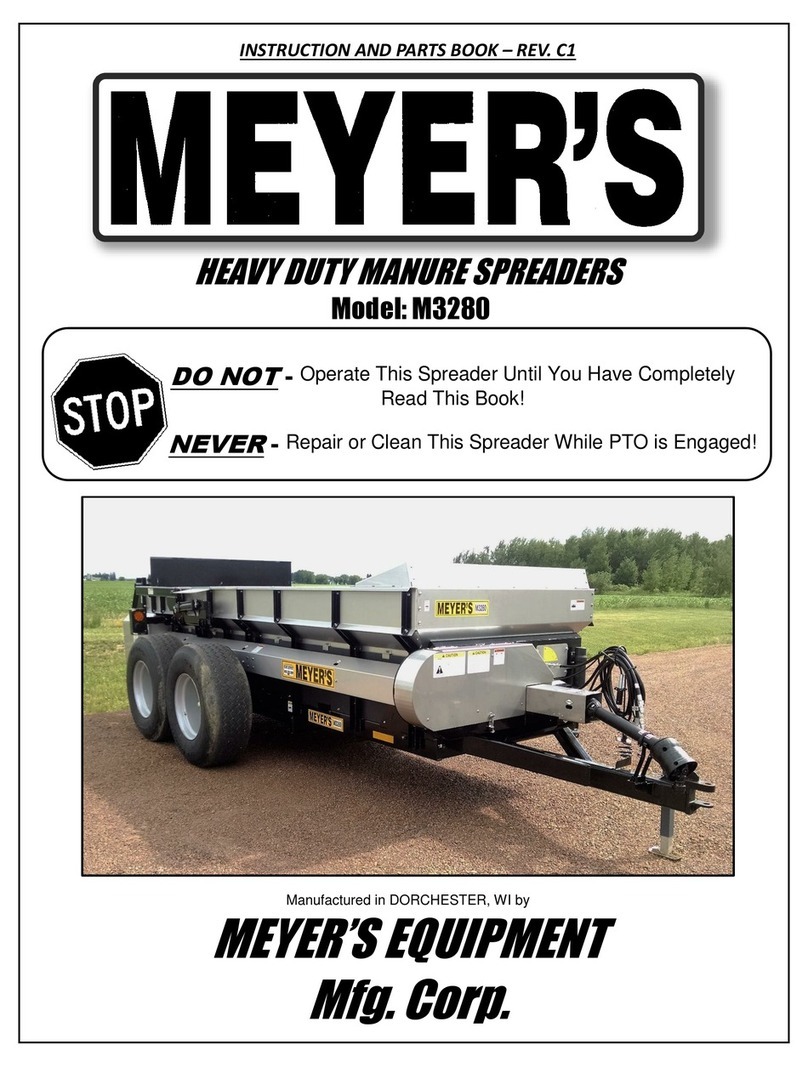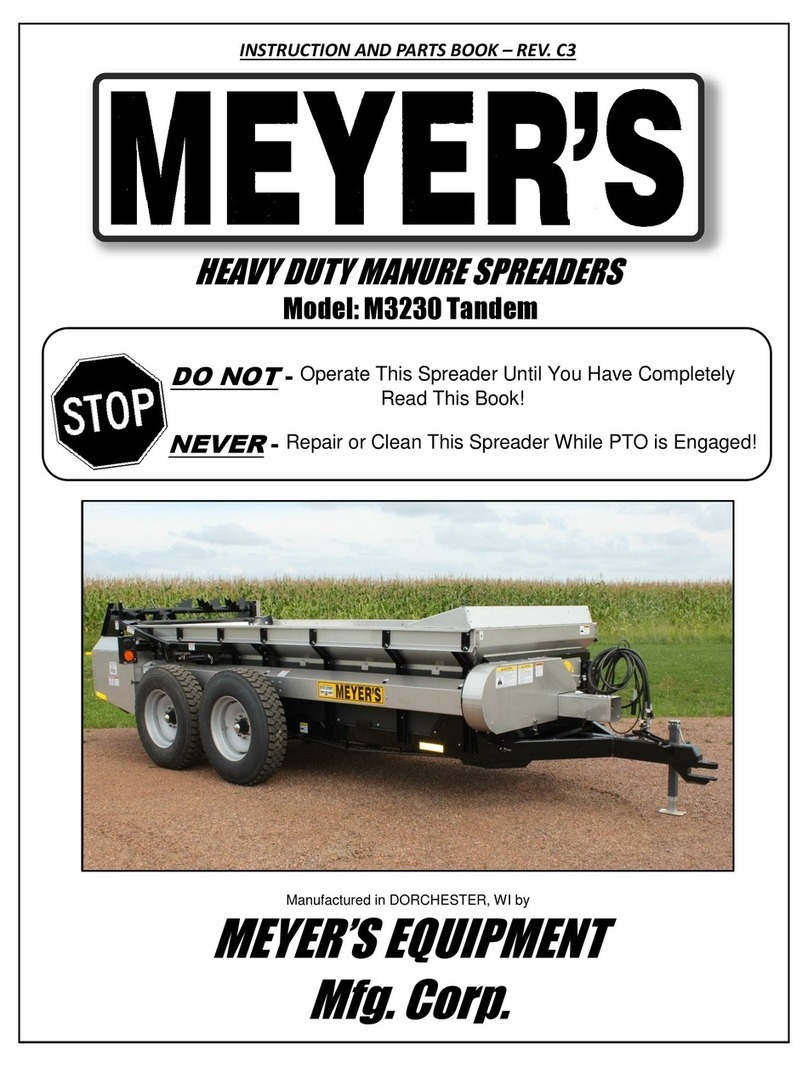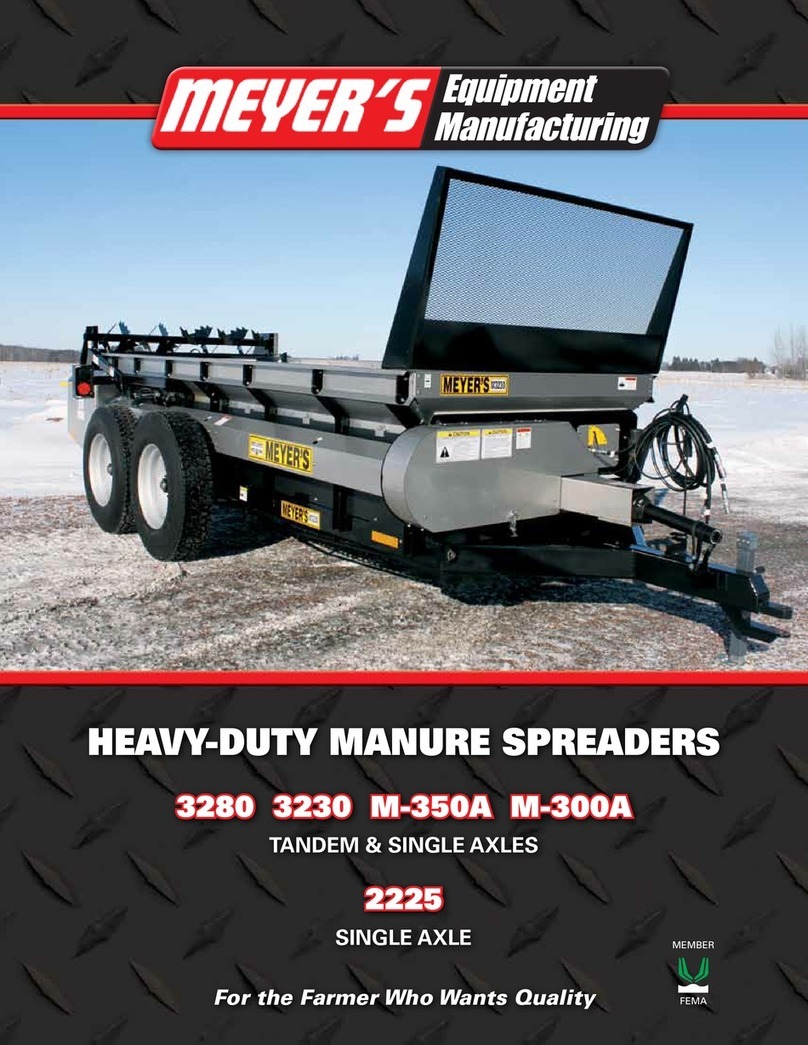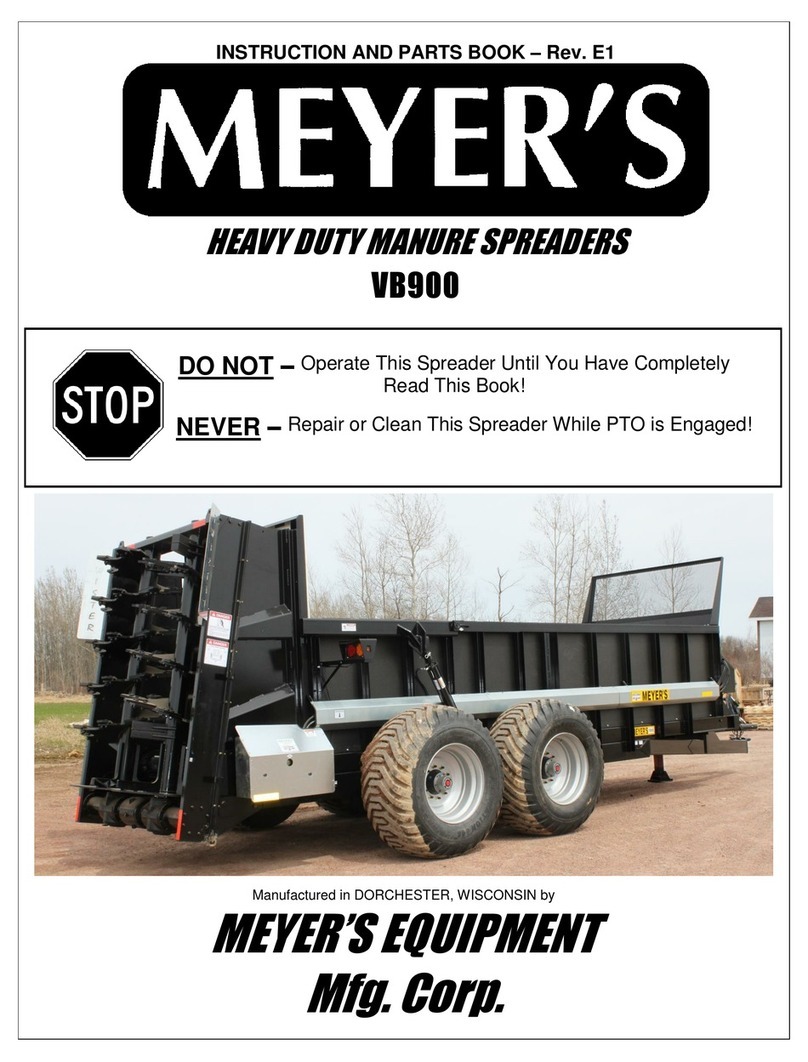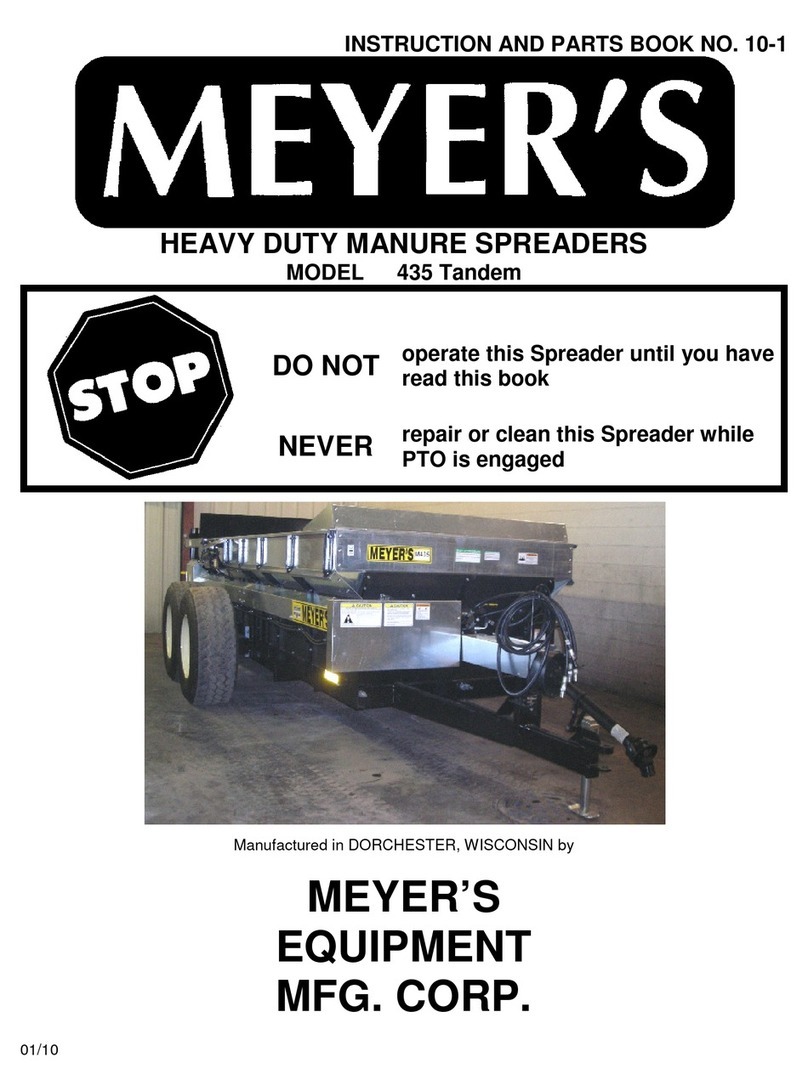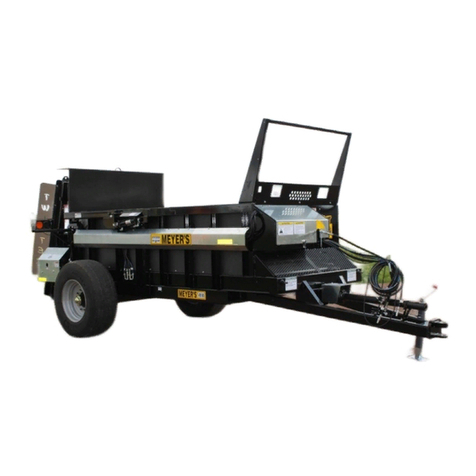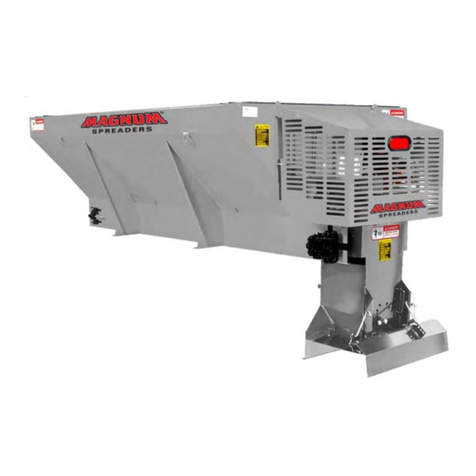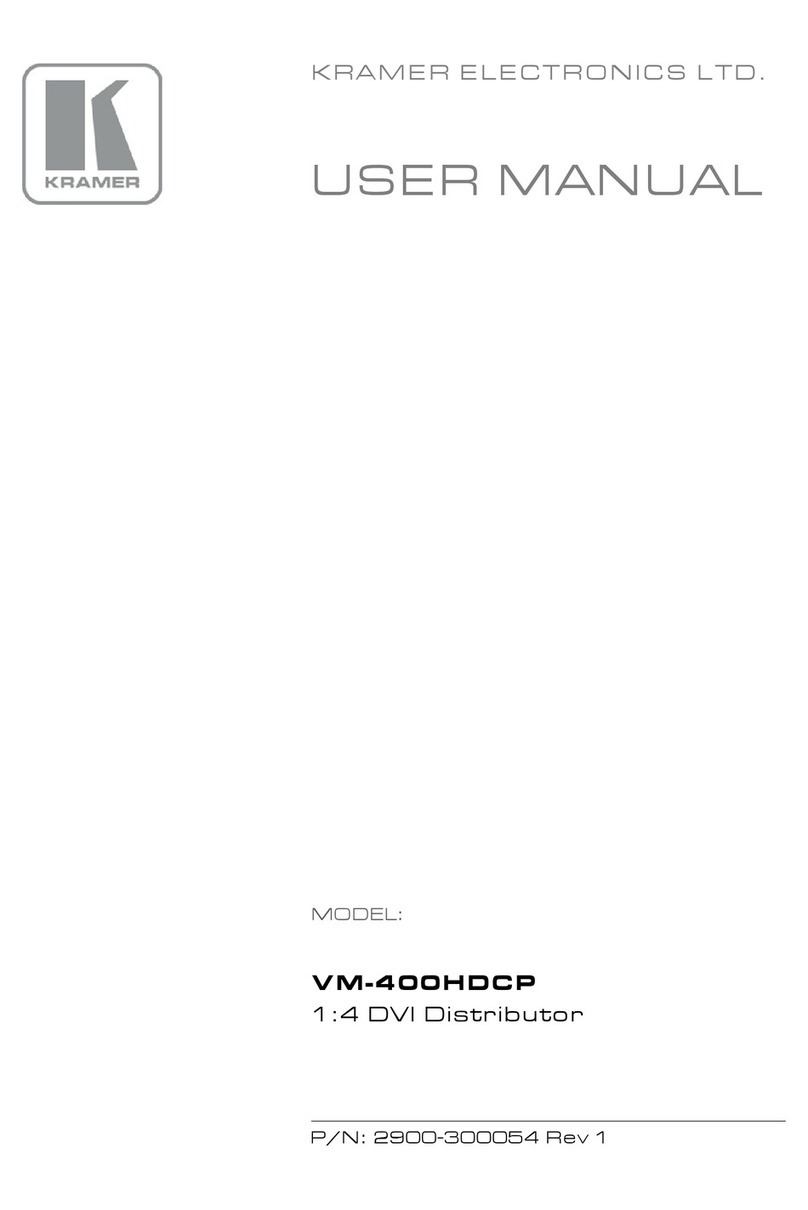
REPAIR PARTS..............................................................................................................................................22
MAIN FRAME &BOX PARTS ................................................................................................................................. 22
HYDRAULIC END GATE &RELATED PARTS ........................................................................................................... 24
JACK ASSEMBLY ................................................................................................................................................... 26
AXLES, WHEELS, SPINDLES AND RELATED PARTS –SINGLE AXLE......................................................................... 28
AXLES, WHEELS, SPINDLES AND RELATED PARTS –TANDEM AXLE...................................................................... 30
DRIVE TRAIN, VERTICAL BEATERS ........................................................................................................................ 32
APRON AND RELATED PARTS, STANDARD 67P11 ................................................................................................ 34
LUBE BANK, APRON SHAFT .................................................................................................................................. 36
VERTICAL BEATER HEAD ASSEMBLY..................................................................................................................... 38
VERTICAL BEATER GEARBOX &RELATED PARTS.................................................................................................. 40
VERTICAL BEATER LUBRICATION KIT.................................................................................................................... 42
APRON DRIVE GEARBOX ...................................................................................................................................... 44
REMOVABLECVTELESCOPINGUNIVERSALJOINTASSEMBLYWITHGUARD, TRAILER TO TRACTOR................................ 46
35EUNIVERSALJOINT,TELESCOPINGASSEMBLYW/GUARD-REARWITH OVER-RUNNINGCLUTCH......................... 47
YOKE &CLUTCH HUB ASSEMBLY ......................................................................................................................... 48
OVER-RUNNING CLUTCH ASSEMBLY ................................................................................................................... 48
STANDARD HIGHWAY LIGHTING ......................................................................................................................... 50
HYDRAULIC ASSEMBLY, END GATE ...................................................................................................................... 52
HYDRAULIC ASSEMBLY, APRON, STANDARD ....................................................................................................... 54
HYDRAULIC ASSEMBLY, APRON, ELECTRIC FLOW CONTROL ............................................................................... 56
HYDRAULIC ASSEMBLY, APRON, MANUAL FLOW CONTROL ............................................................................... 58
LIMITED WARRANTY STATEMENT.................................................................................................................60
